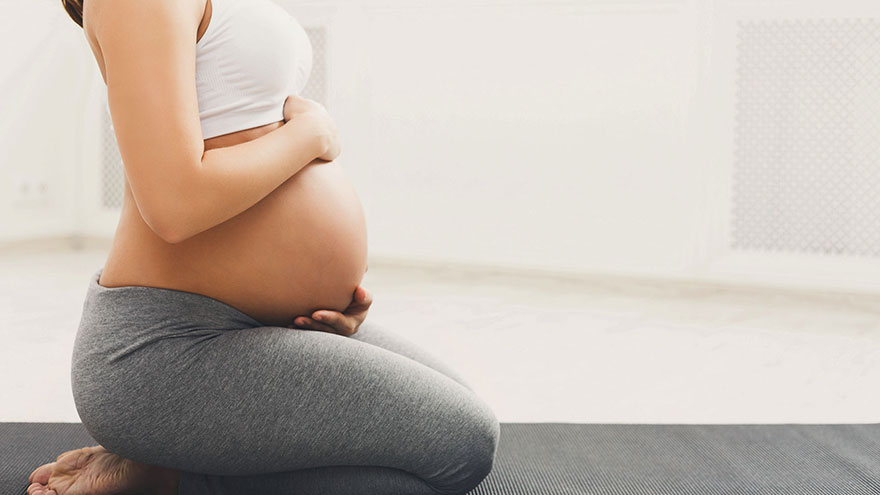How to Reduce Strechmarks During Pregnancy
Stretch marks — the pink, purple or brown streaks that can appear on a pregnant woman’s belly, breasts, hips, thighs and bottom — are one unpleasant side effect of pregnancy. Unfortunately, avoiding stretch marks proves difficult. As many as 90 percent of pregnant women end up with stretch marks on some area of their body, according to obstetrician and gynecologist James Brann. Although you can’t completely control whether you end up with stretch marks, a few factors can help you reduce or possibly prevent stretch marks during pregnancy.
4 Steps to Reduce Strechmarks During Pregnancy

1. Inherit good genetics. “, the less likely you are to get stretch marks during pregnancy.
The main factor influencing your skin elasticity is your genetic background. Ask your mom whether she created marks when she was pregnant. If she avoided stretch marks, you have an increased chance of escaping them as well.
2. Get pregnant with a single baby.
Carrying multiples typically results in your belly growing larger and faster than it would with a singleton. This expanded weight on your skin raises your danger of getting stretch imprints.
3. Gain the recommended amount of weight at a slow pace.
Rapid weight gain can overwhelm the skin’s normal elasticity, resulting in stretch marks. If you gain the recommended amount of weight — usually between 25 and 35 pounds — at a steady pace throughout your pregnancy, your skin will stretch slowly, reducing your risk of developing stretch marks.
4. Drink lots of water.
If you stay adequately hydrated, it will improve your skin’s health and reduce your risk of getting stretch marks.
- Use lotions to help with itchy skin, but do not expect them to prevent stretch marks. A 2008 study in the “British Journal of Obstetrics and Gynaecology” found that applying a thin layer of a moisturizer containing cocoa butter to the stomach, starting as early as 12 weeks, had no effect on whether a woman developed stretch marks.
- If you do develop stretch marks, take heart in the fact that by six to 12 months after delivery, they should fade and become less noticeable. After your pregnancy, laser treatments may increase your skin’s elasticity and make stretch marks less noticeable. Topical treatments such as Retin-A or glycolic acid can also improve the appearance of stretch marks, particularly if used shortly after you give birth. However, discuss the use of any topical treatments with your doctor; they might not be safe if you are breastfeeding.
You Might Also Like :: How to Choose the Best Maternity Bras

